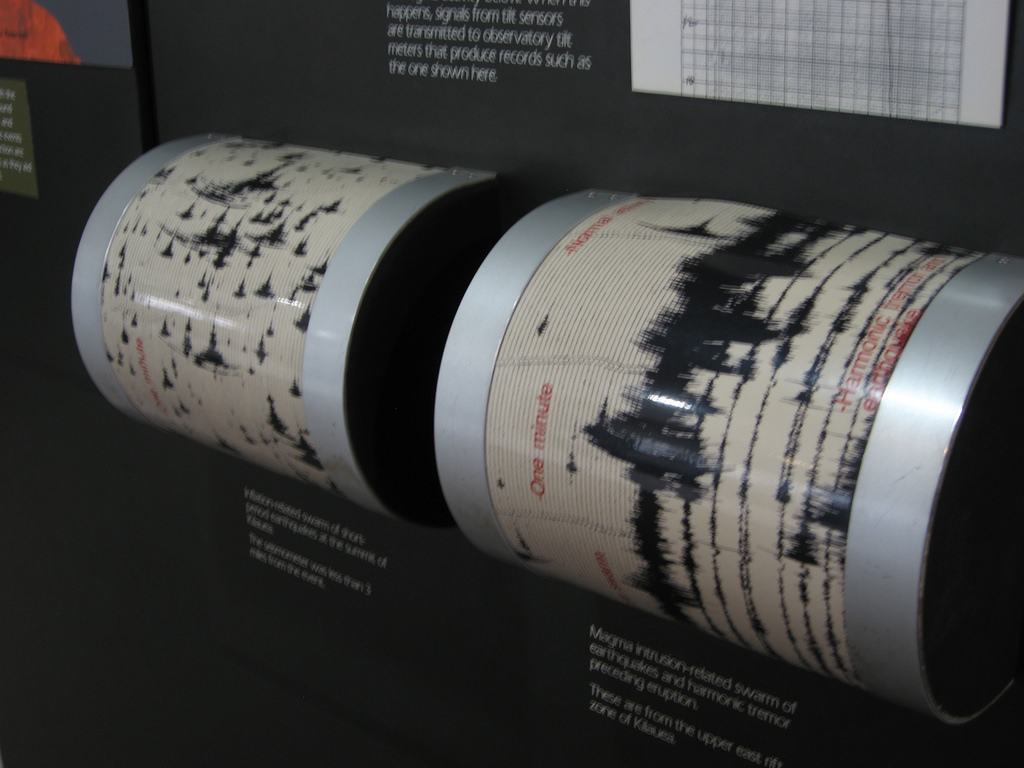
Advertisement
One of the most fascinating – and frightening – concepts in astronomy is that asteroids and other interstellar objects can fly really close to the Earth, and even hit it. Now, a team of researchers from Leiden University in the Netherlands are using a neutral network to predict which asteroids could hit the planet in the distant future.
In a study published in the journal Astronomy & Astrophysics, the researchers claimed that their neural network, called the “Hazardous Object Identifier,” has identified 11 asteroids that could possibly hit the Earth. At over 300 feet in diameter, each of these asteroids would be enough to devastate any city on the planet.
Finding potential impacts
To find these dangerous asteroids, the researchers fed the neural network data on the orbits of known asteroids in the solar system. From this, their supercomputers simulated over 10,000 years of the solar system’s future.
Using this simulation, the researchers identified which asteroid could actually hit the Earth within the next 10,000 years. In addition, they looked at any objects that would pass within 4.7 million miles of our planet. While that distance may seem far, it’s close enough in outer space that any object that flies by within that distance can be considered a threat.
“The tricky part is that small disruptions in the orbit calculations can lead to major changes in the conclusion,” stated astronomer Simon Portegies Zwart, co-author of the study. He explained that any small changes to the orbit of an asteroid can either increase its chances of hitting the Earth, or make it miss the planet altogether.
When will one of these asteroids hit the Earth?
While the Hazardous Object Identifier found asteroids that could hit the Earth, none of these would do so within the foreseeable future. The neural network predicts that the space rocks would hit the planet in between the years 2131 and 2923.
Indeed, the current list of potentially hazardous objects (PHO) maintained by NASA does not include these asteroids because of how far into the future their impacts are predicted to take place. The PHO list only tracks asteroids that could hit the Earth within the next 100 years.
Teaching an AI to be better at detecting dangerous asteroids
While dangerous asteroids detected by the Hazardous Object Identifier won’t hit the Earth until far into the future, the exercise still has implications for impact detection in the present time. The purpose of the exercise itself wasn’t to simply detect possible dangerous asteroids, but also to train the neural network to be able to accurately detect asteroids.
Neural networks are designed to be able to learn in much the same way a human brain would. A neural network is given a large number of examples, then it slowly learns from those examples to do the task required of it. To see whether or not their neural network was actually learning to properly detect Earth-impacting asteroids, the researchers tested its results against data of known asteroids from NASA. Based on this, the researchers found that the Hazardous Object Identifier could differentiate between safe asteroids and dangerous ones that could hit the Earth with 90.99 percent accuracy.
While the level of accuracy that the neural network has achieved is already quite astonishing, the researchers aren’t sitting on their laurels. Rather, if given the chance, they would like to be go further and build an even more advanced neural network to catch these asteroids.
“We now know that our method works,” stated Zwart. “But we would certainly like to delve deeper in the research with a better neural network and with more input.”
Of course, detection is only one part of protecting the Earth from asteroids. NASA already has plans to test the planet’s first asteroid deflecting satellite. The hope is that this, and other programs such as the Hazardous Object Identifier, will help in developing better defenses to keep the planet safe from any future asteroid impacts.
Sources include:
Advertisement
Advertisements
















